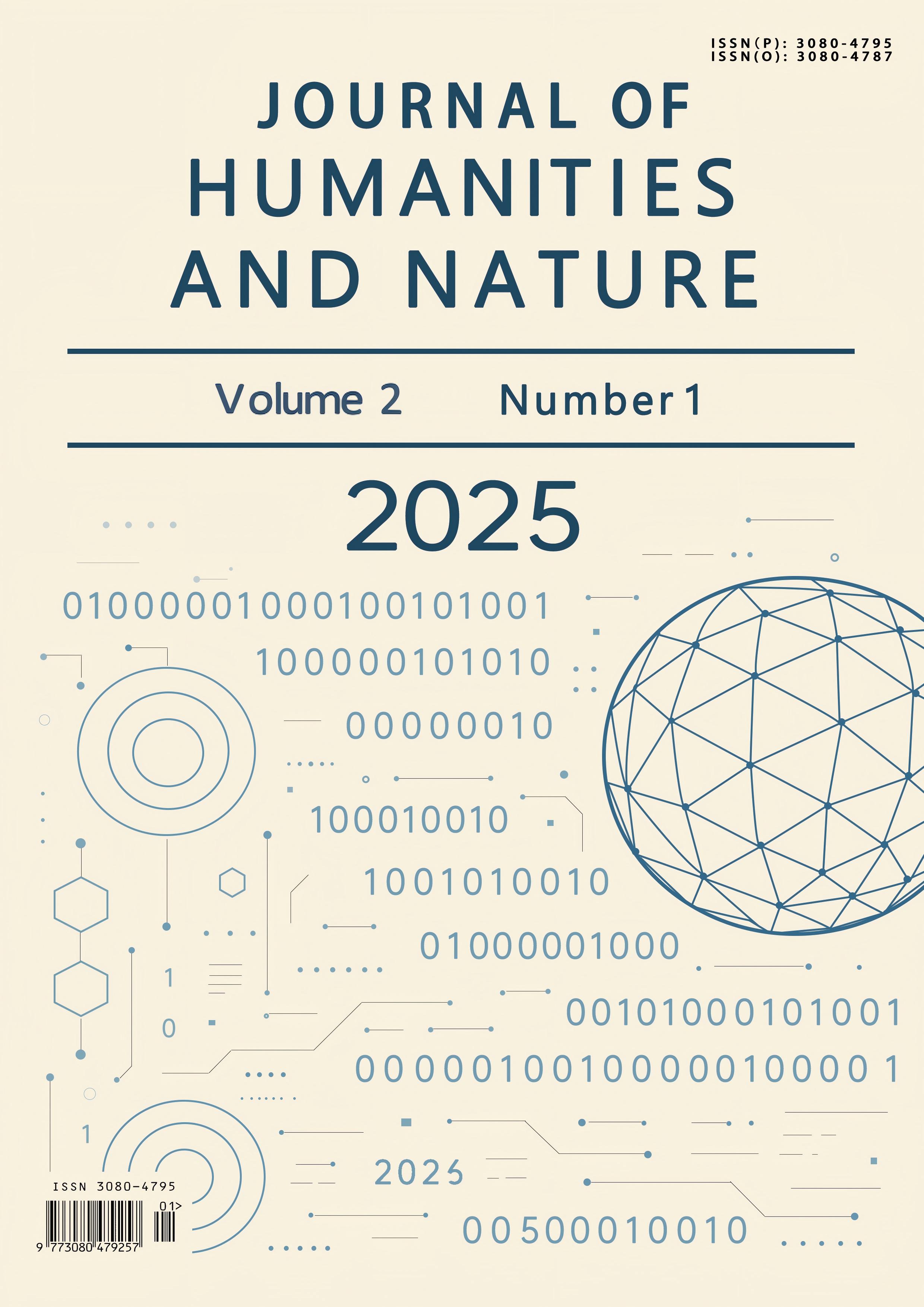Research on Utility Evaluation and Optimization of the Third Pillar Pension in Multi-level Pension Security for Employees in New Business Forms
DOI:
https://doi.org/10.64051/jhn.v1i1.35Keywords:
New Business Format, Personal Pension System, Analytic Hierarchy Process, Policy OptimizationAbstract
Against the backdrop of uneven pressure on the three-pillar pension system and a mismatch between pension funds and the demographic structure, a large number of employees in new forms of employment remain outside the pension security system, facing relatively high pension risks. Due to their high job mobility, weak long-term planning ability, and large income fluctuations, on the basis of maintaining the balance of the three-pillar pension system, individual pension schemes may become a breakthrough point for improving the pension situation of employees in new forms of employment.In line with the national goal of building a multi-level and multi-pillar old-age insurance system, to study the supplementary role of the third-pillar individual pension policy for employees in new forms of employment, this article constructs an evaluation system using the analytic hierarchy process and designs a questionnaire. After conducting a questionnaire survey in six cities in Shandong Province, the collected data are analyzed. It is found that the short-term effect of the current policy is that residents' awareness of pension issues is gradually improving, and the participation rate is increasing, but the behavior is short-term, and residents generally tend to avoid pension risks. Therefore, regarding the deepening of the individual pension system, the article puts forward three suggestions: (1) Conduct comprehensive publicity through multiple channels and with emphasis on key points; (2) Enhance the system's attractiveness according to the characteristics of the target population; (3) Improve the public's awareness of pension planning and financial literacy; (4) Strengthen the connection and transformation among different pillars of the pension system.
References
[1] Chen H, Guo Y, Li D, et al. Pension insurance, risk attitudes, and household asset allocation–evidence from China[J]. Economic Analysis and Policy,2025.
[2] Casey H B. Why People Don't Choose Private Pensions: The Impact of ‘Contagion’[J]. European Journal of Social Security, 2003, 5(4): 305-322.
[3] Chengyu G, Yake W. Pension Security Level of Urban Employees in China Based on CHIPs[J]. Discrete Dynamics in Nature and Society, 2022, 2022
[4] Eraj G, Edwin I, Jan K. The impacts of a large-scale financial education intervention on retirement saving behaviors and portfolio allocation: Evidence from pension fund data[J]. Journal of Banking and Finance, 2021, 130
[5] Fioroni T. Sustainability of pension systems in the presence of population aging and elderly labor supply[J]. Economic Modelling, 2025.
[6] Joanna G R. Inadequacies of regulations on supplementary pension plans in Central and Eastern European countries[J]. European Journal of Social Security, 2021, 23(3): 232-246.
[7] Liu Z, Zhang X. Commercial pension insurance and risky financial asset allocation: Evidence from elderly Chinese families[J]. Finance Research Letters,2025.
[8] Mai X, Zhang X. Study on the Decision Factors of Choosing Commercial Pension Insurance for Urban Flexible Employment Group: Structural Equation Model Analysis[J]. The Frontiers of Society, Science and Technology, 2024, 6(6):
[9] Milena H, Joanna G R. Readability and Clarity of Individual Pension Product Contracts[J].International Journal for the Semiotics of Law - Revue internationale de Sémiotique juridique, 2023, 36(4): 1749-1777.
[10] Nadide Y, Derya K, Yusuf D. Individual Pension System: An Assessment on Tax Relief and Government Contribution[J]. Bulletin of Economic Theory and Analysis, 2019, 4(2): 33-63.
[11] Shi Y, Yaodong Z, Youlu Z. Analysis of Balance of Income and Expenditure and Optimal Retirement Age of Pension Insurance Co-Ordination Account Based on Improved Machine Learning Algorithm[J]. Computational Intelligence and Neuroscience, 2022.
[12] Zhao Z, Du F, Mu H. Flexibility in jobs and autonomy on saving: Mental accounting of personal pension saving decision in Chinese part-time employees[J]. International Review of Economics and Finance, 2024.
[13] Ishay W. Political Stress and the Sustainability of Funded Pension Schemes: Introduction of a Financial Theory[J]. Journal of Risk and Financial Management, 2021, 4(11): 525-525.
[14] Wang L, Lin Z, Li Y. Research on the Optimisation of Commercial Pension Insurance System Design in China: A Qualitative Analysis Based on an International Comparative Perspective[J]. International Journal of Asian Social Science Research, 2025, 2(1): 60-71.
[15] Zhao Q, Li Z, Wang Y. Adequacy Analysis of the Basic Old-Age Pension System Based on Local Administrative Data in China[J]. Sustainability, 2019,11(24):7196.

